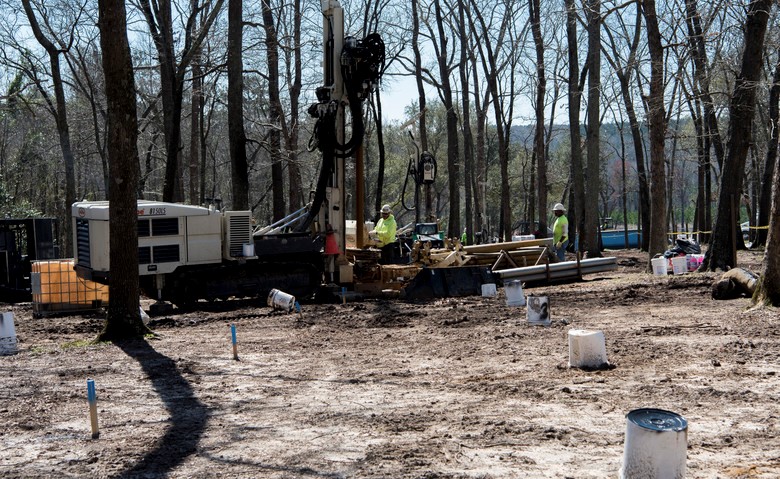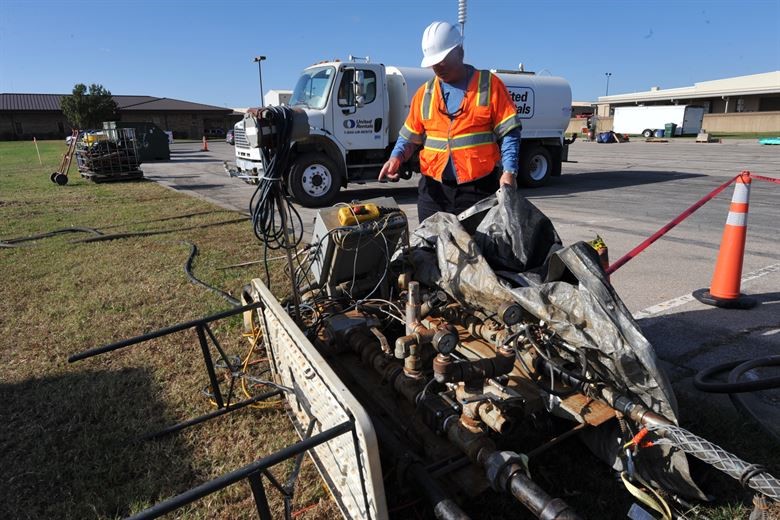There are lots of specialised techniques, referred to as environmental remediation, that eliminate pollutants, contaminants and exposure to radiation from rocks, soil, groundwater and sediment.

These processes are sometimes required to limit the damage caused by human action and can incorporate green technology to achieve such remediation. When land has been confirmed as contaminated, as discussed on the gov.uk website, some of the processes described below could be beneficial.
Oxidation
This soil remediation service happens in-situ, which means it can be performed at the site requiring treatment, and it uses chemical oxidants to convert the contaminants into forms that are less toxic. The byproducts of these reactions are relatively harmless, and the resulting sludge can even be recirculated if a large area is treated.

Thermal desorption
This technique requires the removal of certain elements from the affected site in order to treat them, and it is considered an ex-situ method. The contaminated soil is excavated and heated in a closed container. The system incorporates a thermal desorber and chamber for collection, and the method makes use of the varying melting points of substances within the soil. Some of the problematic organic compounds will turn into vapour when heat is applied and then collected. These vapours will be converted into safe substances or destroyed.
Surfactants
Surfactants are chemicals used to improve the solubility in water of certain organic contaminants. They can also aid the mixing of liquids that would normally be immiscible. This soil remediation service can be particularly effective, and you can learn more from https://soilfix.co.uk/services/groundwater-soil-remediation-services. The surfactants can be injected across an area that has been contaminated, and waste can be pumped out. There can be a number of injection points and areas to extract waste if it is a large area of contamination. This process aims to maximise the amount of contaminants eliminated whilst maintaining diffusion of the chemical and any waste products.
Nanoremediation
Nanotechnology is commonly associated with cutting-edge advances in medical science and computing, but it is also producing results in the treatment of groundwater. Nanoparticles can be fed into the contaminated area using a variety of processes. They are highly reactive and will degrade certain organic compounds with redox reactions. This technology is also effective in disabling toxic metals such as lead, mercury and arsenic.
